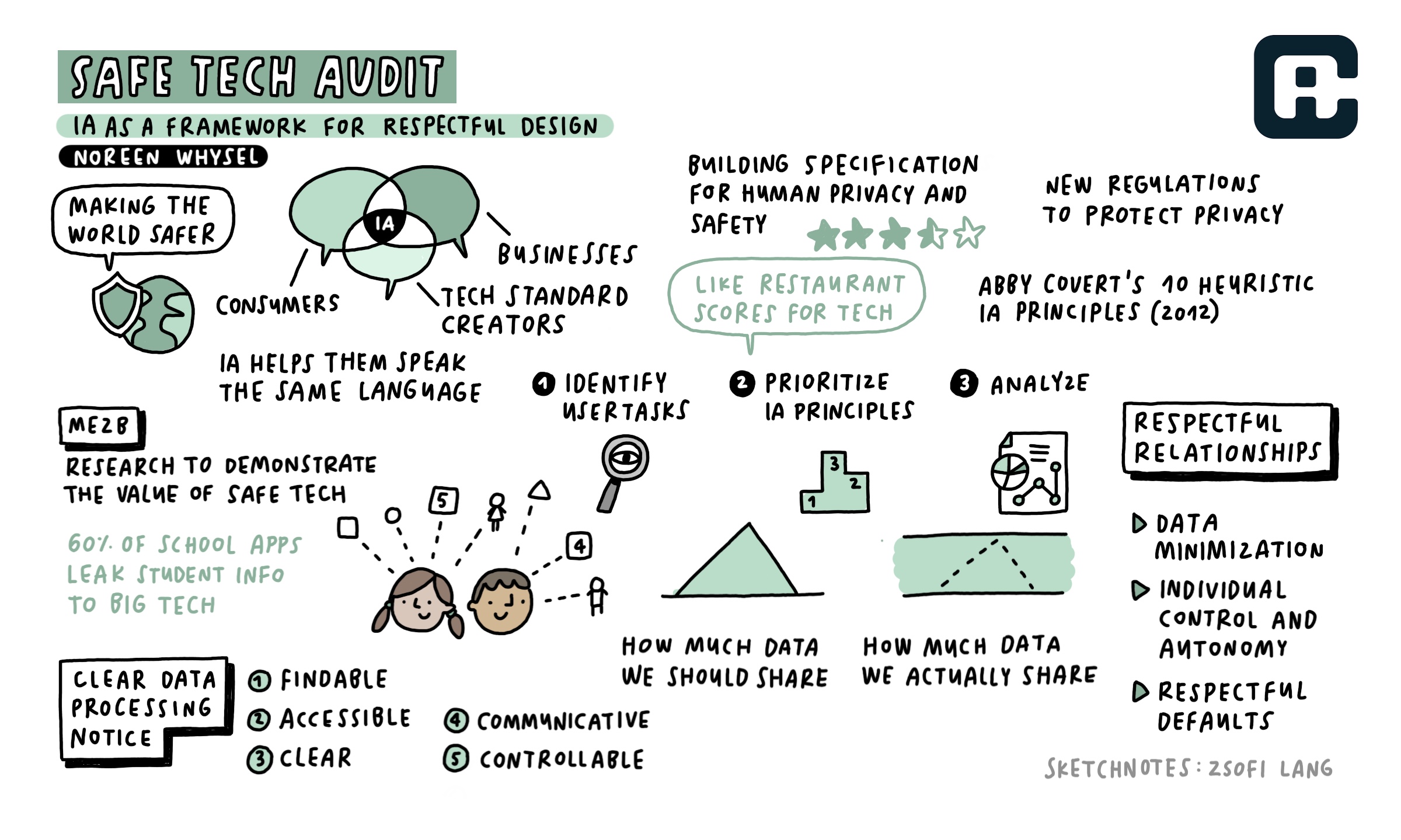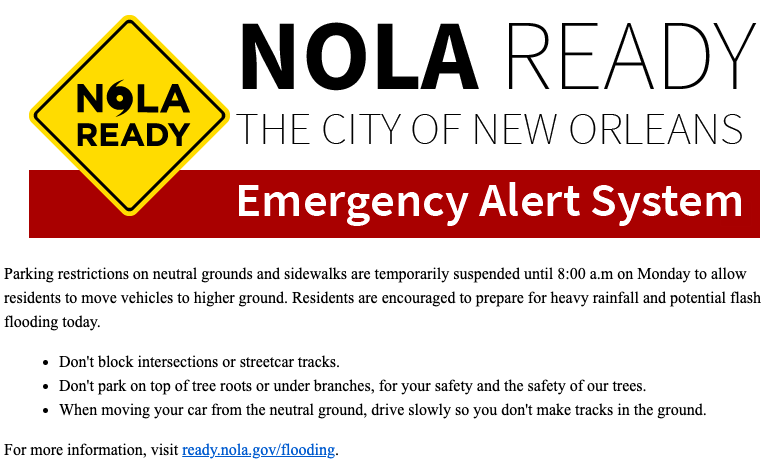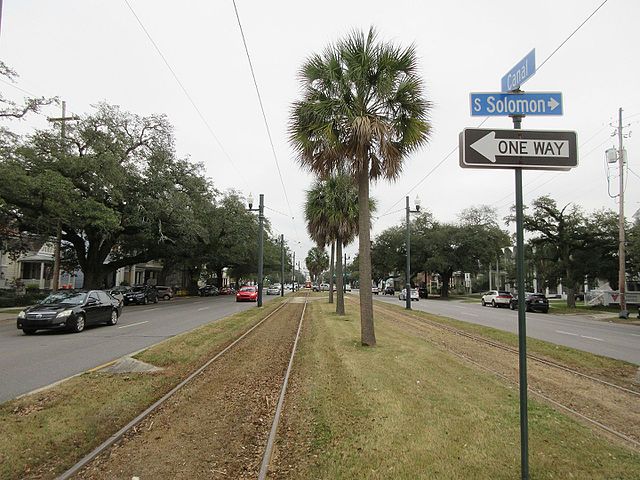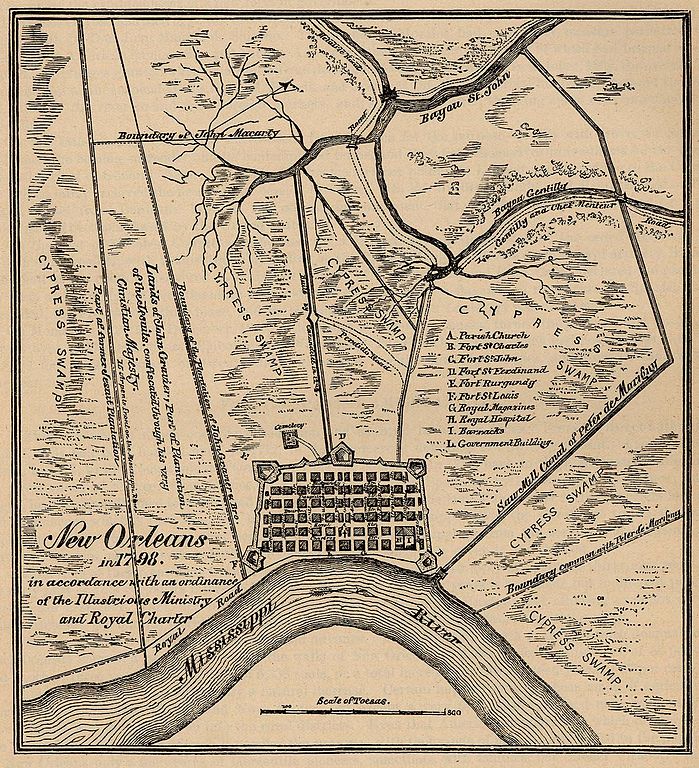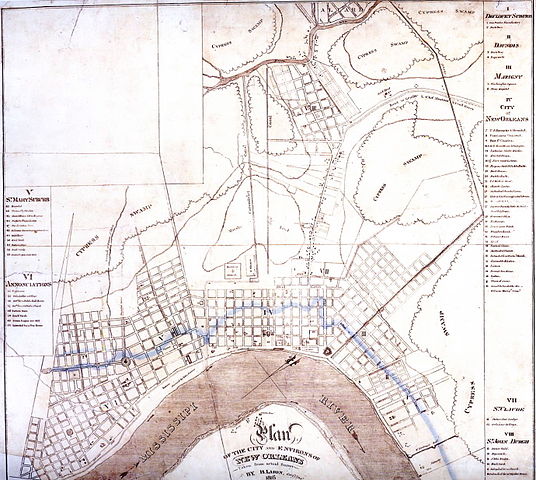May 24, 2023 9:00AM-12:30PM WET
Sensemaking, Search and SEO at UX-LX: UX Lisbon
Designing Effective Search Experiences
How do people locate and discover information online? Well, they type keywords into a search engine and then select items from the search results, right? This is the current mental model of how search/retrieval works for most users. But it’s not the only way people search, nor is it necessarily the most effective for the information seeker.
In this workshop, you will learn about ”Sense-making,” a search behavior that information architects, user experience (UX) and usability pros should not ignore. You will learn how individuals (and groups) plan and carry out search activities. How a searcher’s goals affect their sense-making tasks. And how accessible design and information architectures improve search performance. At the end, you you will understand how to optimize the user experience of your products and search engine results pages, so people get the information they need with less frustration.
Topics covered:
- Approaches to sense-making & information seeking behavior
- Searcher goals that affect sense-making tasks
- How accessible design and information architecture improve search performance
- Where & how to implement search-related sense-making in user personas/profiles & customer journeys
- How to optimize individual search listings for findability & sense-making
- Search strategies for apps, video, voice and ChatGPT
Exercises:
- Individual and group search exercise
- Analyze a selected web page for accessible design and search optimization
- Incorporate search behavior characteristics into personas and JTBD
- App, video and voice search optimization
- Discussion of new and emerging forms of search experiences
Attendees will learn:
- How to identify search behaviors and incorporate them in personas and JTBD tasks
- How to architect & optimize different types of search experiences
- How accessible design can improve search experiences for everyone
- How search strategy differs for websites, apps, voice, video and emerging experiences
Any requirements for attending: None
Information Architecture Conference 2023
I am also hosting a full day workshop on Safe Tech Audit: Applying IA Heuristics for Digital Product Safety Testing in New Orleans on March 28 at IAC23: The Information Architecture Conference. Registration

